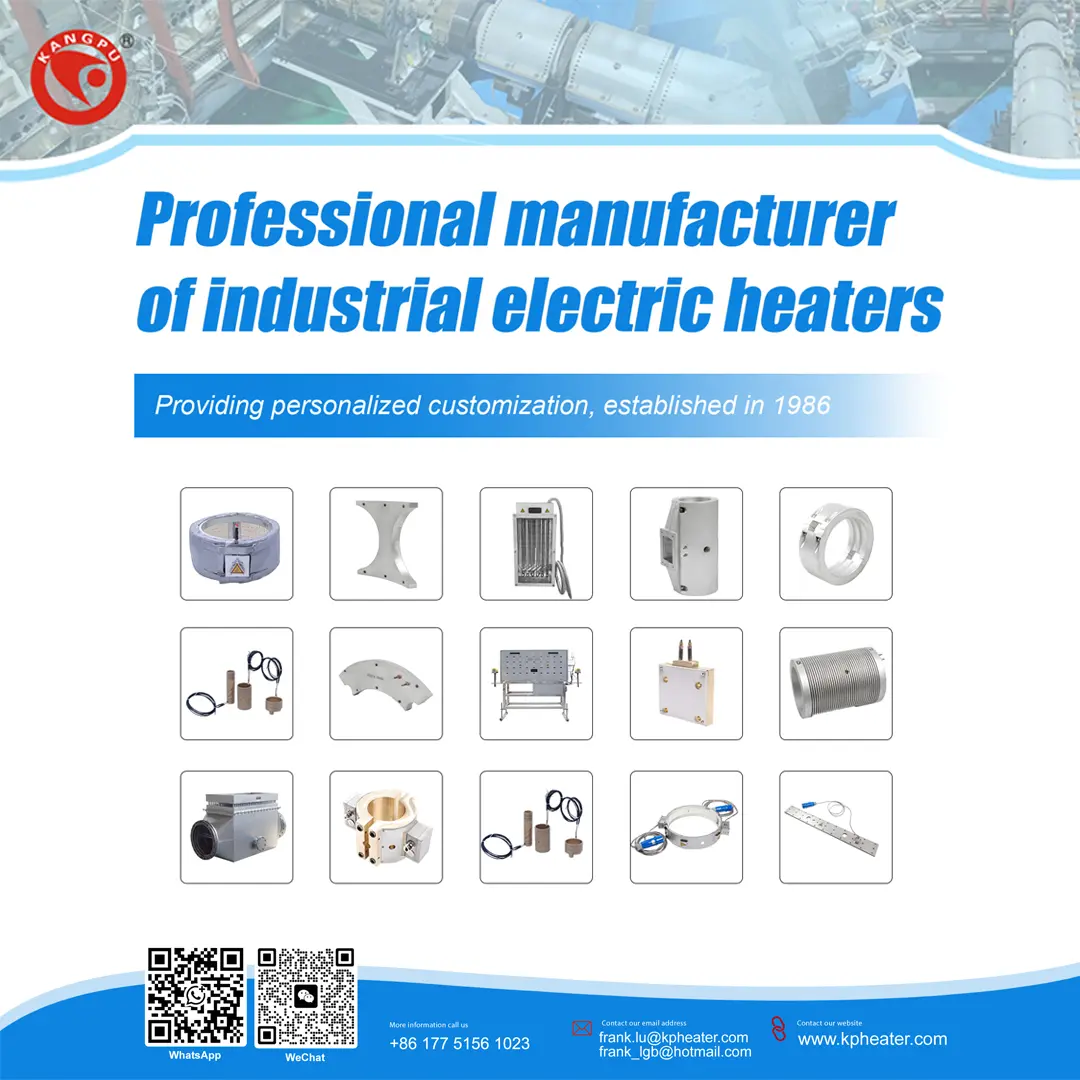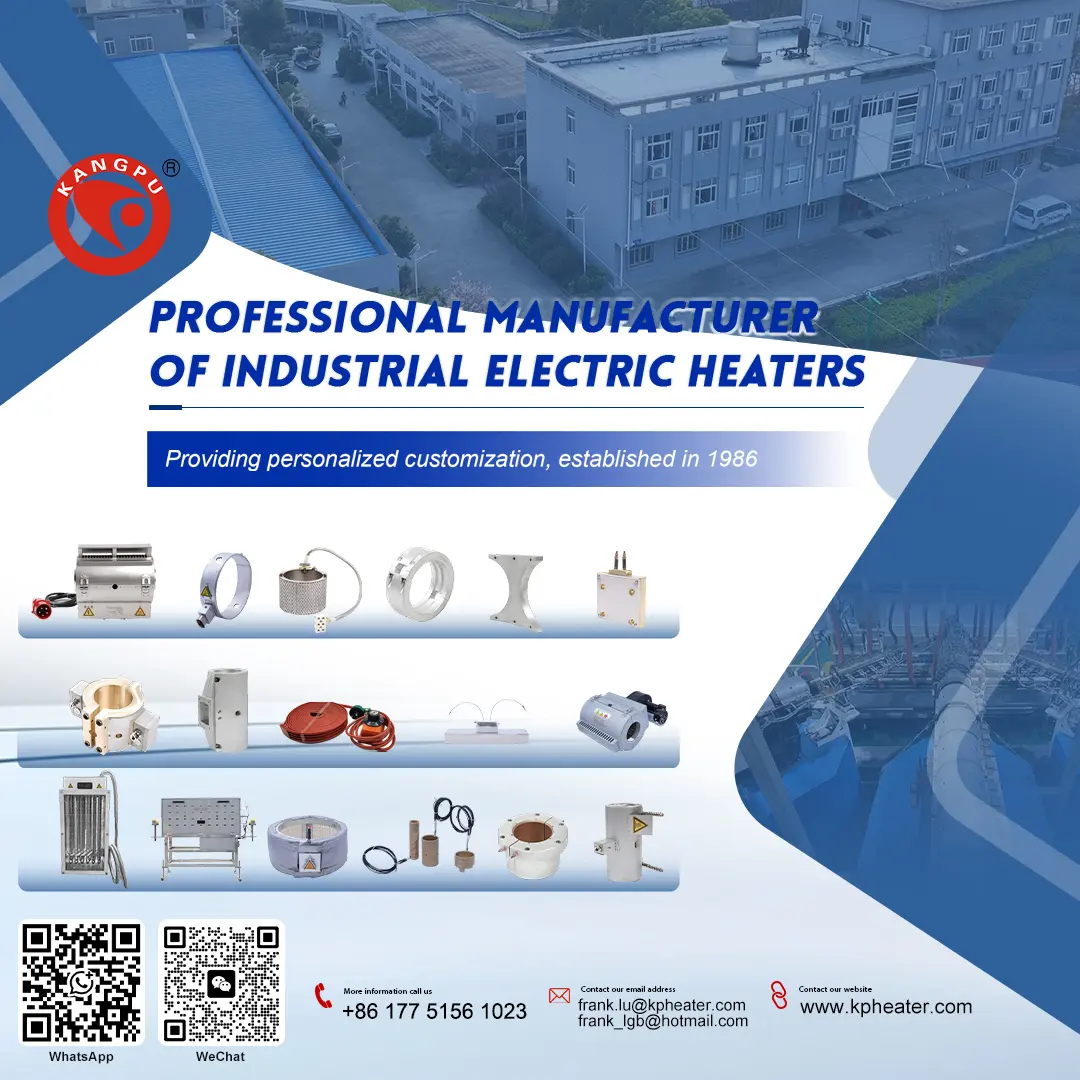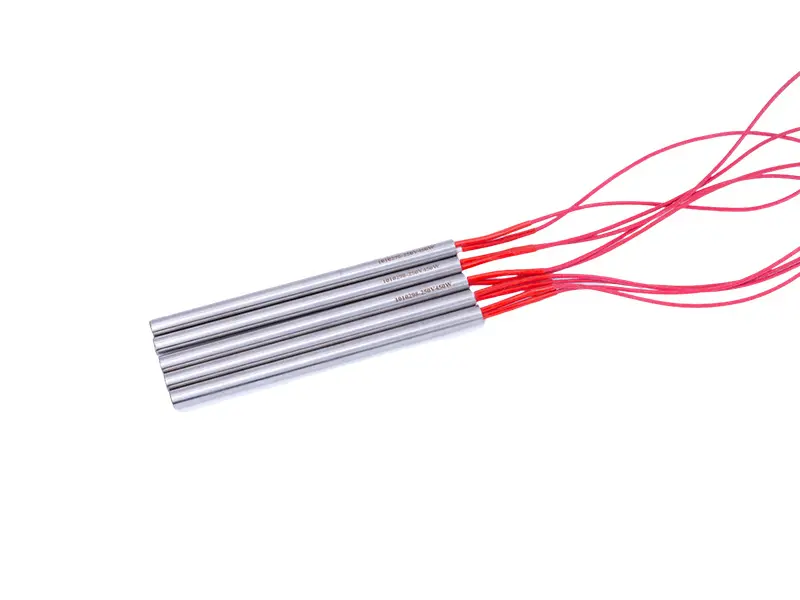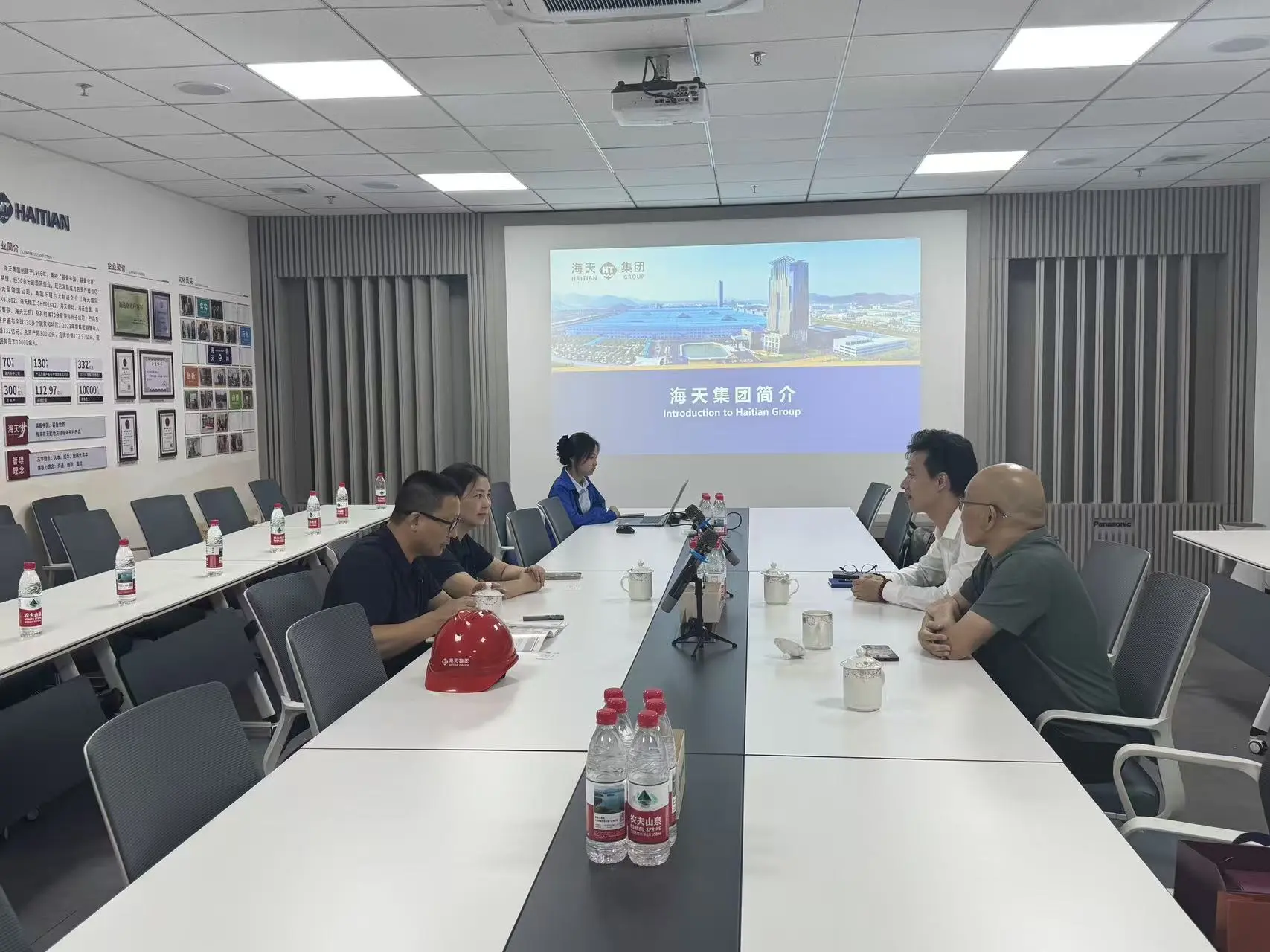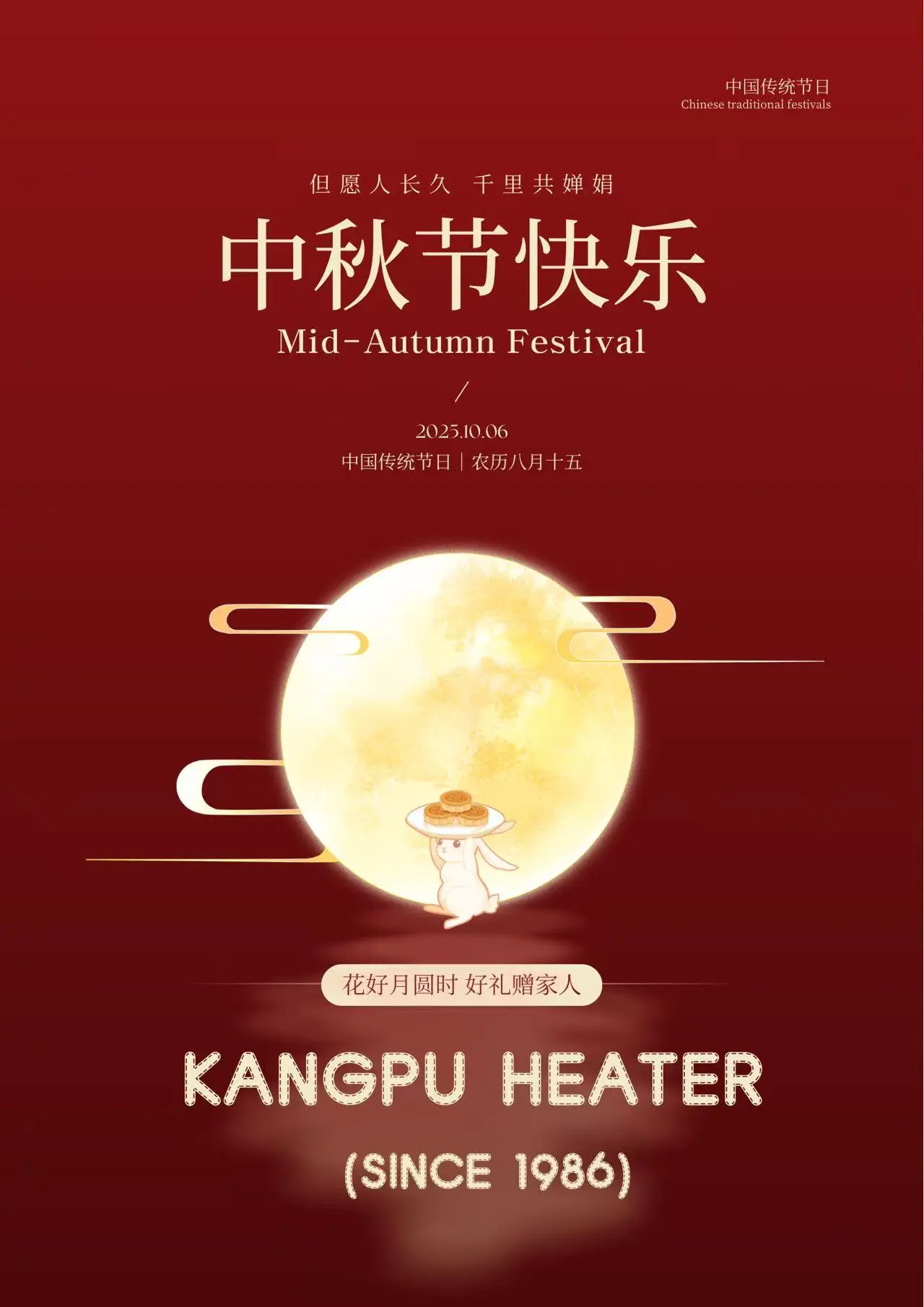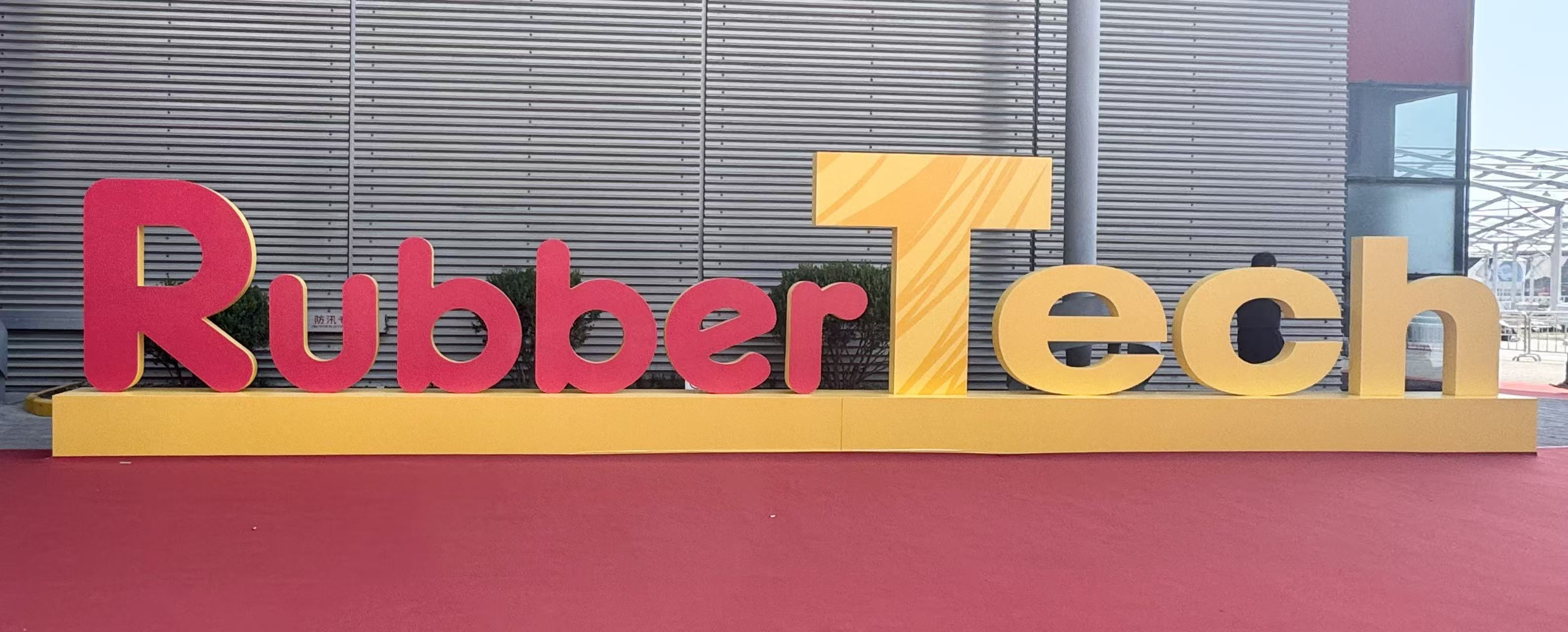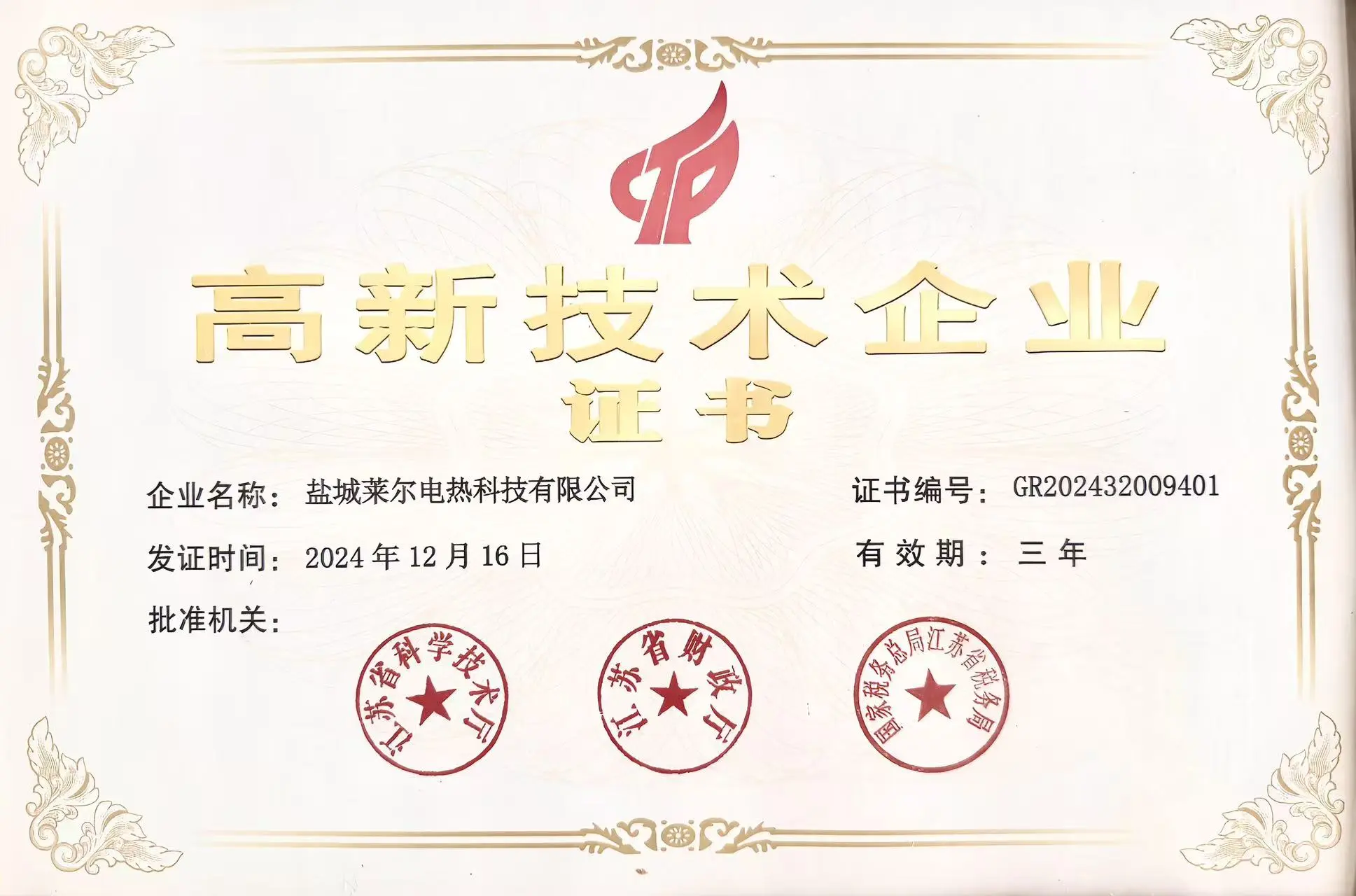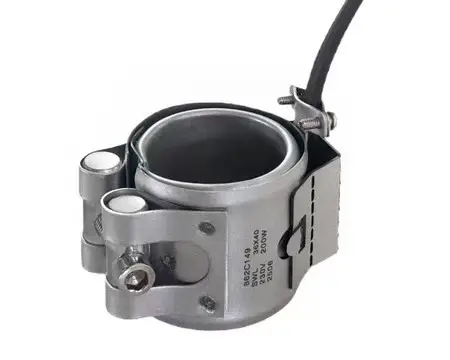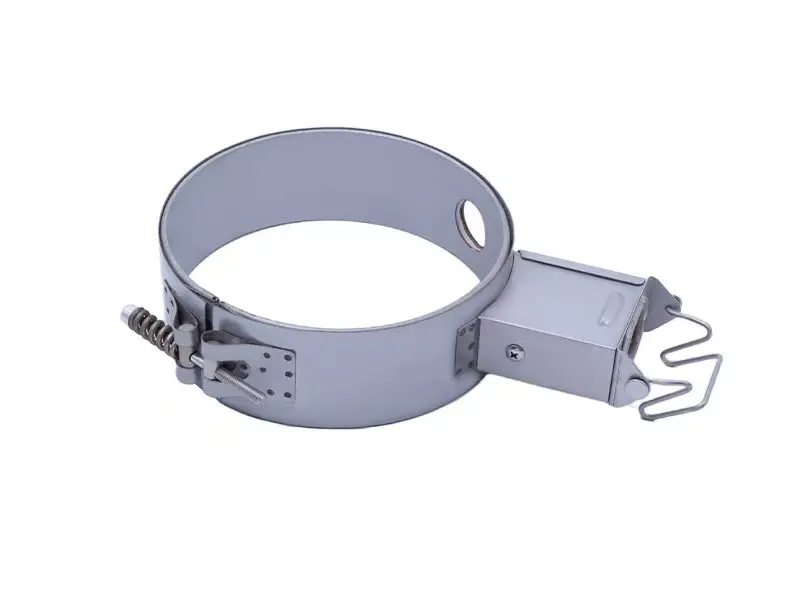Introduction to Mica Heater
The working principle of Mica Heater
The core structure of a Mica Heateris to use high-resistance alloy wires (such as nickel-chromium wires, iron-chromium-aluminum wires, etc.) as the Heating Element, which are wound or embedded between natural mica sheets (or synthetic mica sheets), and then wrapped and fixed by a metal casing (such as thin iron sheets, stainless steel sheets). When powered on, the resistance wire generates heat due to the thermal effect of the current. The heat is rapidly conducted to the metal casing through the mica sheet and eventually evenly distributed to the surface of the heated object. In this process, mica sheets not only play an insulating role (preventing current leakage), but also guide heat diffusion, avoid local overheating, and at the same time protect the resistance wire from the influence of external environments (such as moisture and dust).
The application industries of Mica Heater
1. Plastic industry:
Used for heating plastic molding molds, heating plastic film stretching, etc.
2. Food industry:
It is used as a heating element in food baking equipment, packaging and sealing machines, and other devices.
3. Medical industry:
Applied to constant temperature heating of medical equipment, such as incubators, sterilizers, etc.
4. Electronics industry:
It is used in the preheating, curing and other process links of electronic components.
5. Home appliance industry:
It serves as a core heating component in home appliances such as hair dryers, electric irons, and warm air Fans.
The features of Mica Heater
1. Good insulation:
Mica sheets have excellent insulation performance, which can effectively prevent leakage and ensure high safety in use.
2. Uniform heat conduction:
Heat is transferred through mica sheets, and the temperature distribution on the heating surface is relatively uniform, reducing local overheating.
3. High-temperature resistance:
Mica materials can withstand relatively high temperatures (typically between 200 and 600℃), meeting the requirements of medium and high-temperature heating.
4. Lightweight and thin structure:
The overall volume is small and the weight is light, making it easy to install in narrow Spaces or on the surfaces of objects with complex shapes.
5. Long service life:
Under the insulation protection of mica, the resistance wire is less prone to external corrosion or mechanical damage, thus having a relatively long service life.

